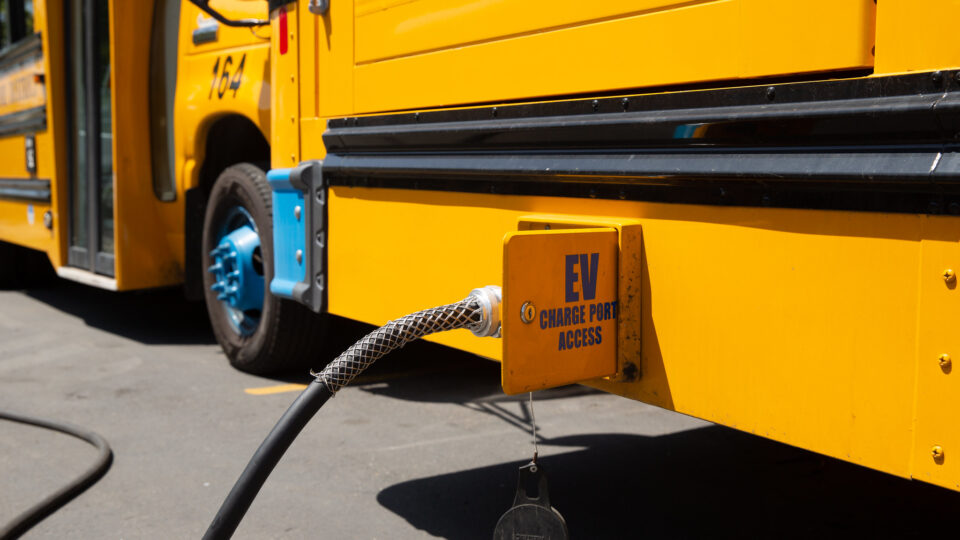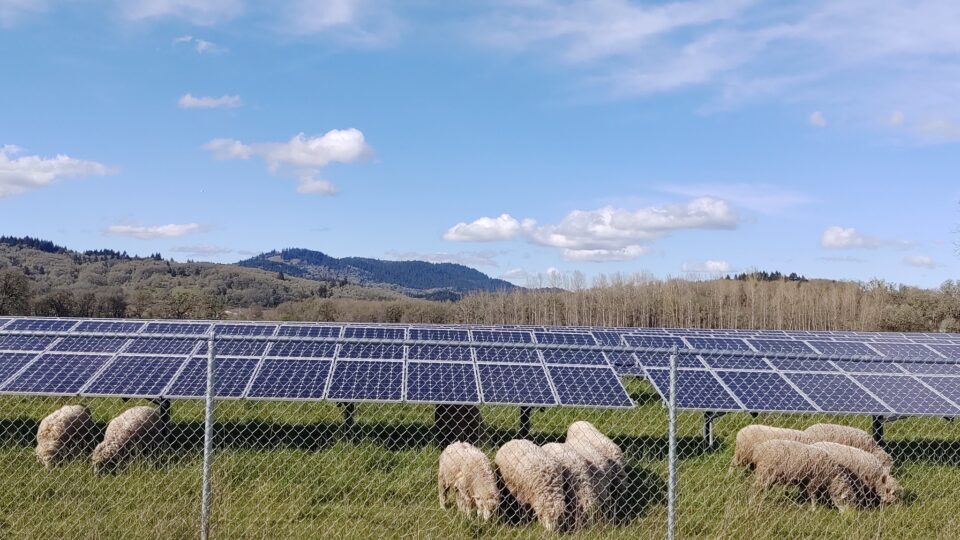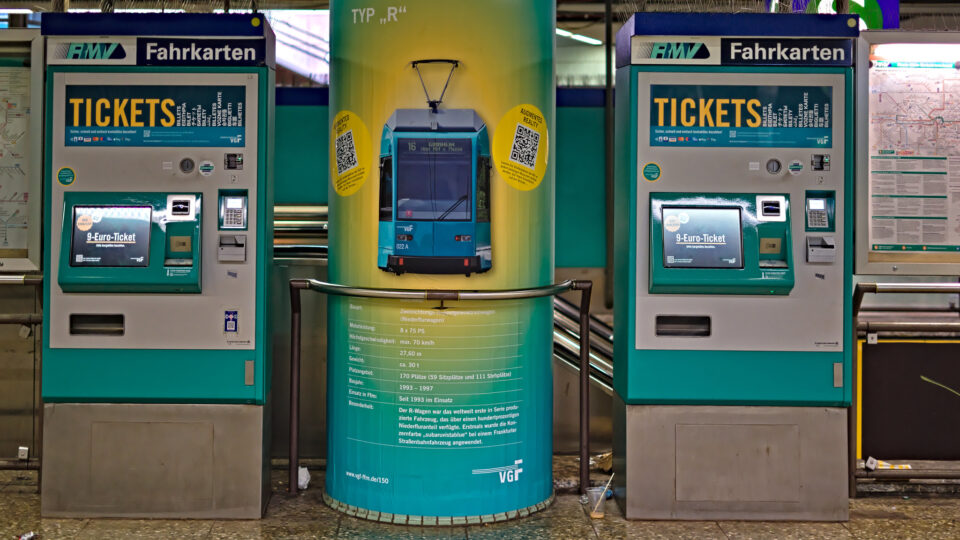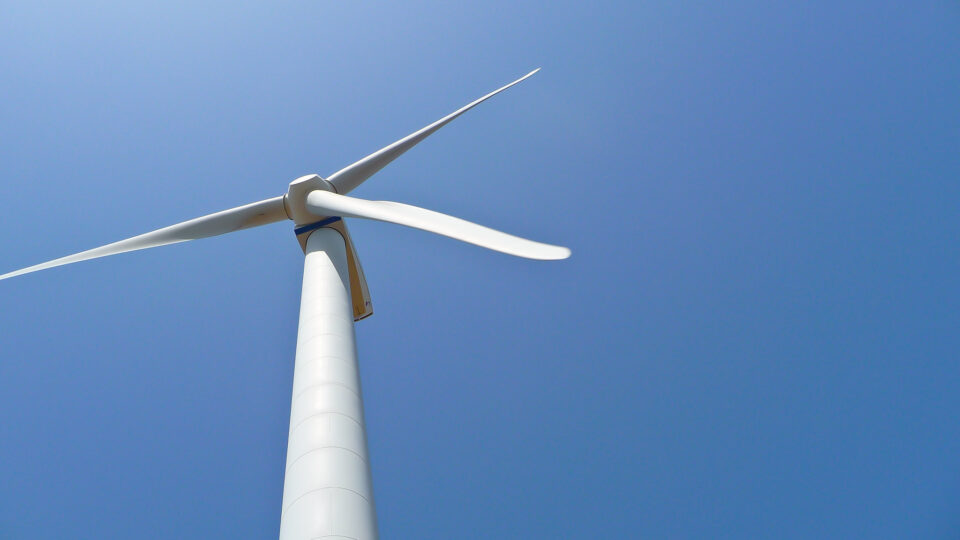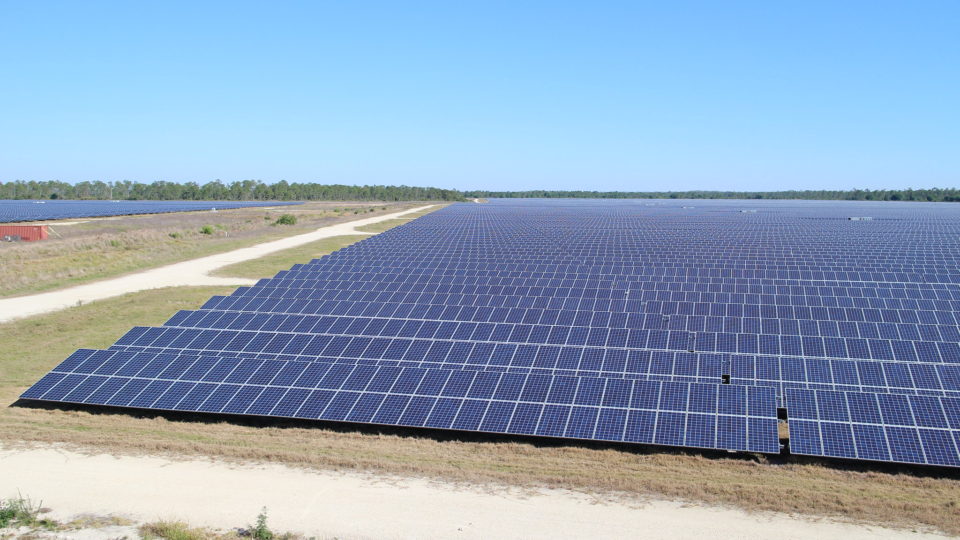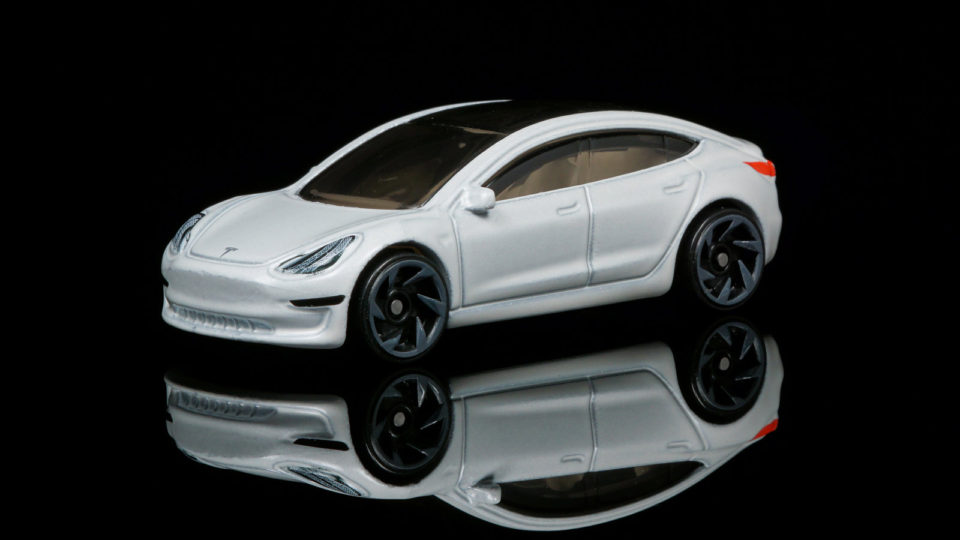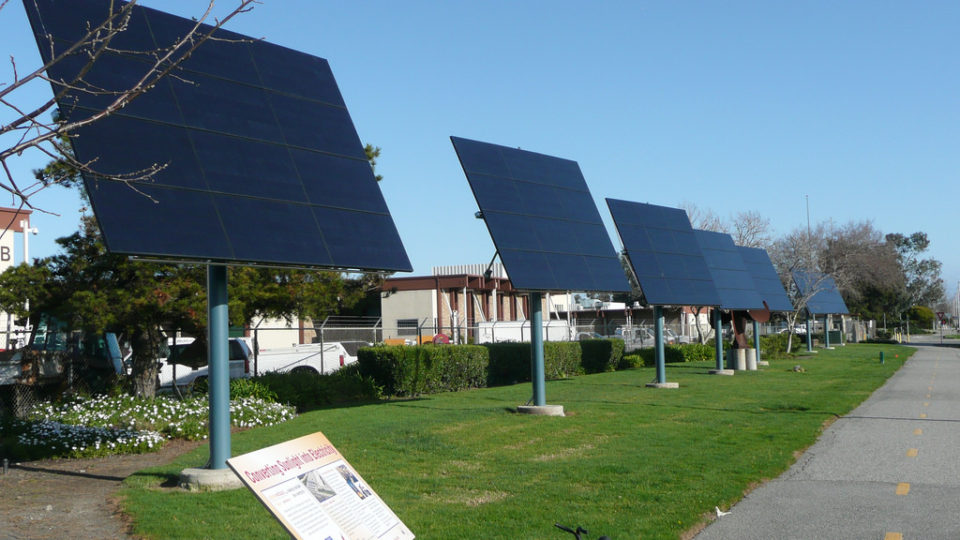The U.S. has nearly half a million school buses providing daily transportation for about 20 million students. Most of these buses are powered by diesel engines which not only dump greenhouse gases into the atmosphere but also fill kids’ lungs with harmful fumes.
Thanks to various federal and state incentive programs, this situation is starting to change. School districts all over the country are beginning to swap out old diesel buses for emissions-free electric-powered school buses.
Electric school buses are finding their way into school districts of all sizes and demographics. The first district in the country to go fully electric was in Martinsville, Texas, which last year converted its 4-bus fleet. The first large urban district to go all-electric was the 74-bus fleet in Oakland, California this summer.
The EPA’s $5 billion Clean School Bus program and many state initiatives are providing incentives for the transition. Five years ago, there were less than 1,000 electric school buses in the U.S. Now there are about 5,000 and more than 7,000 additional buses are in the pipeline.
Apart from the climate implications, there is urgency to replacing diesel school buses from a health perspective. Diesel exhaust is classified as a carcinogen by the World Health Organization, and it contains fine particles and nitrogen oxides, both of which are well-documented asthma triggers.
Electric buses are more expensive than diesel buses, but they are much cheaper to operate. School districts need to put in place charging infrastructure. The transition is not so easy to accomplish, but it is an important step, and more and more school districts are taking it.
**********
Web Links
Slowly but Surely, U.S. School Buses Are Starting to Electrify
Photo, posted May 5, 2021, courtesy of California Energy Commission via Flickr.
Earth Wise is a production of WAMC Northeast Public Radio
